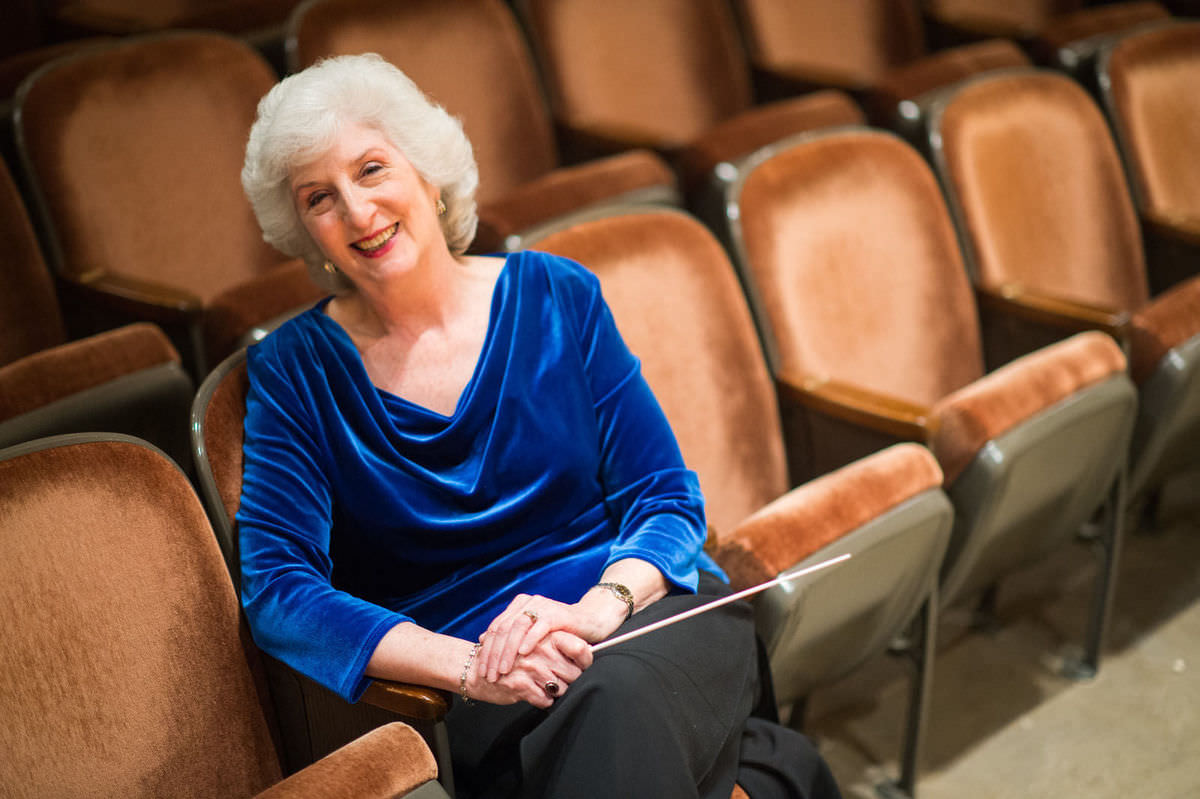

|
Kate Tamarkin joined the faculty of the University of Virginia in the fall of 2006 bringing a background of over twenty years as a professional conductor and educator. She is currently the Music Director Laureate of the Charlottesville Symphony, having retired from the Orchestra and the University of Virginia in May of 2017. She has been Music Director of the Monterey Symphony (CA), Vermont Symphony, East Texas Symphony, and the Fox Valley Symphony Orchestra (WI). She was also the Associate Conductor of the Dallas Symphony under Eduardo Mata. Her guest conducting credits include the Shanghai Symphony, Edmonton Symphony, National Symphony of Moldova, and the following US orchestras: Chicago, Houston, St. Louis, Phoenix, Nashville, New Mexico, Oklahoma City, Tucson, Pacific (CA), Eastern Music Festival (NC), and Chicago’s Grant Park Festival. Ms. Tamarkin is a Certified Music Practitioner on the harp, and is a Musician in Residence at the UVa Medical Center, as well as the Program Coordinator for “Music by the Bedside” for the Hospice of the Piedmont. Ms. Tamarkin holds a Doctor of Musical Arts from the Peabody Conservatory of Music, a Masters Degree in Orchestral Conducting from Northwestern University, and a Bachelor of Music Education degree from Chapman University in California. |
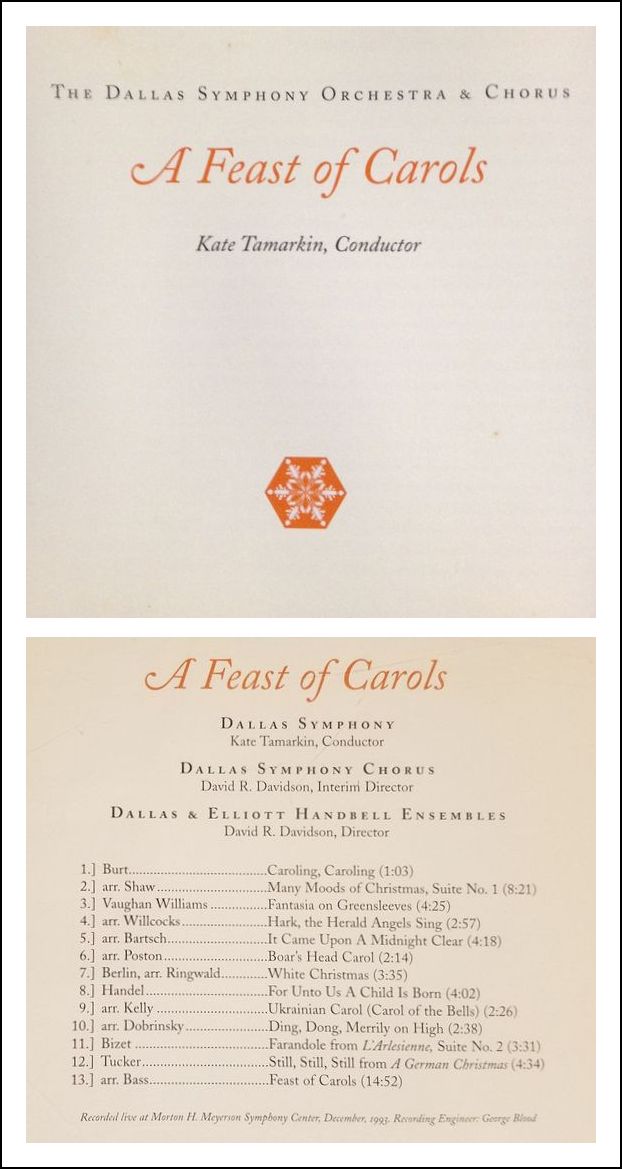 Tamarkin: We were studying our little
pieces, and stood up in front of the little orchestra with the video
table looming somewhere between the first and second clarinet!
[More laughter] Actually, we were given some very good instruction,
but it’s a little bit like jumping off the high dive for the first time.
People can say that the wind will whistle by, and it’ll feel about like
this, but until you really try it, you don’t know.
Tamarkin: We were studying our little
pieces, and stood up in front of the little orchestra with the video
table looming somewhere between the first and second clarinet!
[More laughter] Actually, we were given some very good instruction,
but it’s a little bit like jumping off the high dive for the first time.
People can say that the wind will whistle by, and it’ll feel about like
this, but until you really try it, you don’t know.
Born in Copenhagen in 1953, Nicholas C. K. Thorne, the son of an American military and diplomatic officer, came to the United States in 1963. He trained at the Berklee School of Music and New England Conservatory in Boston studying composition with William Thomas McKinley, John Heiss, Donald Martino, and, later at Tanglewood, with Gunther Schuller. Surrounded by a wide variety of musical styles from his earliest years, Thorne (not to be confused with the composer Francis Thorne) played both guitar and piano, performed in rock bands and jazz ensembles, and studied improvisation with Pat Metheny. An eclectic compositional style is marked by emotional directness and an irresistible rhythmic energy. His Three Love Songs (for solo piano) displays this spontaneous, nearly improvisatory style, eschewing any overt lyricism implied by the title. In other works that span genres of orchestral, chamber, and solo repertoire, the composer consistently links both tonality and atonality and popular and classical traditions. Thorne's constant, close communion with nature is often a unifying element in his creative work. Compositions such as The Voices of Spring, Rain Sketches, or Songs from the Mountain evoke awe and mystery, capturing at times the "stony silence of the mountains" in block-like granitic harmonies or at other times the "linear vocal quality" of a brisk, northerly wind. Thorne has been commissioned by several orchestras and ensembles including The Philadelphia Orchestra for whom he wrote Revelations. |
|
Grant's colorful musical language is known by musicians and audiences for its honed craft and immediacy, and his ability to compose music appropriate to specific levels of experience has found him working with groups ranging from professional orchestras, choruses, solo recitalists, new music ensembles and ballet companies to community choruses, university choral and instrumental ensembles, and youth orchestras. His music is regularly programmed at music festivals, symposia, and clinics; and his desire to compose new music for a given repertoire and specific instrumentation has led to many successful consortium commissions, a concept championed by the composer. Recognized by Cornell University's Graduate School of Humanities and Arts and by the Vermont chapter of the National Music Teachers Association for exceptional contributions as an educator, Grant continues to be active as a lecturer and private teacher of composition, often using Skype technology to beam in to seminar rooms and rehearsal halls for brief cyber-residencies. A dual citizen of the United States and Canada, Grant lives and works in Oxtongue Lake, ON, and in Sarasota, FL. along with his wife, fine-art photographer Elizabeth Siegfried. During the summer months, Grant gets out from behind the composition desk, puts on his apron and, as The Oxtongue Baker at Dwight Market, prepares authentic French pastries and sourdough breads for the residents and guests of the Dwight/Lake of Bays region in Ontario and for the Muskoka North Good Food Co-op in Huntsville, Ontario.
|
|
|
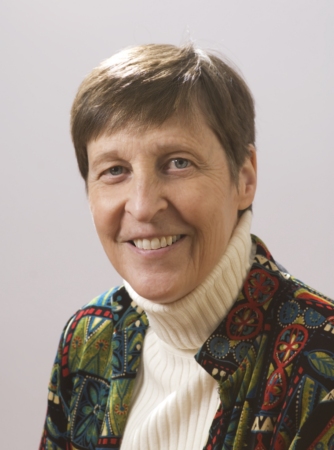
Gwyneth Walker is a proud resident of New England. She was the recipient of the 2000 "Lifetime Achievement Award" from the Vermont Arts Council and the 2018 "Alfred Nash Patterson Lifetime Achievement Award" from Choral Arts New England. In 2020, her alma mater, the Hartt School of Music of the University of Hartford, presented her with the Hartt Alumni Award. A composer since age two, Gwyneth Walker has always placed great value on active collaboration with musicians. Over the decades, she has traveled to many states to work with instrumental and choral ensembles, soloists, and educational institutions as they rehearse and perform her music. A number of these visits have developed into ongoing relationships. In 2018, Walker was named Composer-in-Residence for the Great Lakes Chamber Orchestra in Petoskey, Michigan. Walker's catalog includes over 350 commissioned works for orchestra, chamber ensembles, chorus, and solo voice. A special interest has been dramatic works that combine music with readings, acting, and movement.Walker (b. 1947) is a graduate of Brown University and the Hartt School of Music. She holds B.A., M.M. and D.M.A. degrees in Music Composition. A former faculty member of the Oberlin College Conservatory, she resigned from academic employment in 1982 in order to pursue a career as a full-time composer. For nearly 30 years, she lived on a dairy farm in Braintree, Vermont. She now divides her time between her childhood hometown of New Canaan, Connecticut and the musical community of Randolph, Vermont. |
| The Second New England School or New
England Classicists (sometimes called the Boston Six) is a name
given by music historians to a group of classical-music composers who lived
during the late-19th and early-20th centuries in New England. More specifically,
they were based in and around Boston, Massachusetts, then an emerging
musical center. The Second New England School is viewed by musicologists
as pivotal in the development of an American classical idiom that stands
apart from its European ancestors. The specific "Boston Six" are John Knowles Paine (1839–1906), Arthur Foote (1853–1937), George Chadwick (1854–1931), Amy Beach (1867–1944), Edward MacDowell (1861–1908), and Horatio Parker (1863–1919). Other composers associated with the group include Edgar Stillman Kelley (1857–1944), George Whiting (1861–1944), and Arthur Whiting (1861–1936). These composers were greatly influenced by German Romantic tradition, either through direct study with Germans or by association with German-trained musicians in America. Their works were published by A. P. Schmidt, the most important music publisher of that time Yankee tunesmiths (also called the First New England School) were self-taught composers active in New England from 1770 until about 1810. Their music was largely forgotten when the Better Music Movement turned musical tastes towards Europe. The principal tunesmiths were William Billings, Supply Belcher, Daniel Read, Oliver Holden, Justin Morgan, Andrew Law, Timothy Swan, Jacob Kimball Jr., Lewis Edson, and Jeremiah Ingalls. They composed primarily psalm tunes and fuging tunes, which differ enough from European fugues to warrant the spelling "fuge". Chamber music of the Second New England School is considered the first successful body of American repertoire. While there was no official "First New England School," many independent composers heavily influenced the development and success of The Second New England School. The first influential figure was William Billings (1746–1800), a native of Boston, who was a self-taught amateur musician and a tanner. William Billings was part of the colonial working class and lacked the benefit of much formal education, let alone the chance of attending college (which remained a privilege of the genteel class). Billings gave expression to a provincial, American culture instead of aspiring to the cosmopolitan ideal of British culture. At the age of twenty-three Billings had already composed more than one hundred original pieces of sacred music, and in 1770 he published his first tunebook, The New England Psalm Singer. Only a dozen or so American-composed tunes had previously been published. Collecting more than 120 new compositions, The New England Psalm Singer was the first published compilation of entirely American music, and the first tunebook composed by one American composer. Perhaps even more significant as a sign of both Billings’s intentions and the times in which he lived, he advertised the work as “never before published” and stressed that it was composed by “a native of Boston”—made in America by an American. Published by Benjamin Edes and John Gill, who also published The Boston Gazette and Country Journal, a major Patriot newspaper, and including an engraving by Paul Revere, the book suggested that Billings was strongly aligned with the Rebels. His tunebook is striking for the manner in which it boldly signals these nationalist sentiments. Billings’s best-known tune was “Chester”. [More about Billings appears in the box at the bottom of this webpage.] The second influential figure was Lowell Mason (1792–1872) born in Medfield, Massachusetts. His family education was rooted in the New England singing school tradition handed down by his grandfather. In 1822 he published The Handel and Haydn Society’s Collection of Church Music. The first edition was published without attribution, but later editions acknowledged the Mason as editor. Mason returned to Boston in 1827, having negotiated a position as music director at three Boston churches. Between 1829 and 1869 he published about 20 further collections of hymns. Those collections favored adaptations of tunes by prominent European composers rather than the traditional rural hymn tunes. He expertly adapted the melodies of instrumental works from European masters such as Haydn, Beethoven, Mozart, and Schubert into his collections of sacred music and published them. By simplifying their musical content and harmonic language, he introduced them to the American public. Mason devoted his life to music as a composer, a publisher and, most significantly, a music educator. In 1832 he founded the Boston Academy of Music. In 1838, because of his insistence that singing should not be absent from children’s education, the Boston School Committee added introductory music to the primary and secondary school curriculum, appointing Mason to lead the program. These two (Billings and Mason) educated those who were later call the Boston Six. Other scholars working from a classical music perspective worked backwards, beginning with research into the Boston Classicists ( "Boston Six") of the late-19th and early-20th centuries, who were first defined as a "school" in 1966,Shape note singers who have kept this music alive to the present day sometimes use the term "Yankee tunesmiths", as did academic musicologists such as H. Wiley Hitchcock (1966). Then Hitchcock explicitly defined as this group as the "Second New England School" in 1969, generating the term "First New England School" as a by-product. The Yankee tunesmiths were definitely not a "school". All were self-taught, scattered across New England, and did not share common publishers or affiliations. All were craftsmen who worked part-time as itinerant singing school teachers, which gave them opportunities to sell their self-published tune books. The works of the early New England composers were rediscovered in the 1950s, with compositions such as William Schuman's use of "Chester" in his New England Triptych (1956), which he later expanded into the Chester Overture. |
|
Kirill Kondrashin (6 March [O.S. 21 February] 1914 – 7 March 1981) was born in Moscow to a family of orchestral musicians. Having spent many hours at rehearsals, he made a firm decision at the age of 14 to become a conductor. He studied at the Moscow Conservatory from 1931 to 1936 under conductor Boris Khaykin. Kondrashin began conducting in the Young People's Theatre in Moscow in 1931, continuing in the Stanislavsky and Nemirovich-Danchenko Moscow Academic Music Theatre three years later. He conducted at the Maliy Opera Theatre in Leningrad from 1938 to 1942, and the Bolshoi Theatre in Moscow from 1943. His performance of Shostakovich's Symphony No.1 attracted the composer's attention and led to the formation of a firm friendship. In 1947, he was awarded the Stalin Medal. 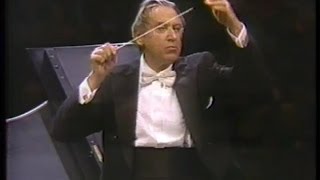 In the first International Tchaikovsky Competition in 1958, Kondrashin
was the conductor for Van Cliburn, who won
the first prize. After the competition he toured the United States with
Cliburn, being the first Russian conductor to visit America since the Cold
War began. They performed and recorded the Rachmaninoff Piano Concerto
No.3 and Tchaikovsky Piano Concerto No.1, which they had played
in the competition. Millions of the recordings were sold in America, and
their Tchaikovsky recording for RCA Victor was the first classical LP to
go platinum. Later, in 1972, a live performance of Brahms's
Piano Concerto No. 2 reunited Cliburn and Kondrashin with the
Moscow Philharmonic in Moscow. RCA Victor eventually released the performance,
along with a studio recording of Rachmaninoff's Rhapsody on a Theme of
Paganini on CD.
In the first International Tchaikovsky Competition in 1958, Kondrashin
was the conductor for Van Cliburn, who won
the first prize. After the competition he toured the United States with
Cliburn, being the first Russian conductor to visit America since the Cold
War began. They performed and recorded the Rachmaninoff Piano Concerto
No.3 and Tchaikovsky Piano Concerto No.1, which they had played
in the competition. Millions of the recordings were sold in America, and
their Tchaikovsky recording for RCA Victor was the first classical LP to
go platinum. Later, in 1972, a live performance of Brahms's
Piano Concerto No. 2 reunited Cliburn and Kondrashin with the
Moscow Philharmonic in Moscow. RCA Victor eventually released the performance,
along with a studio recording of Rachmaninoff's Rhapsody on a Theme of
Paganini on CD.Kondrashin was also the artistic director of the Moscow Philharmonic Orchestra from 1960 to 1975. During this period he premiered Shostakovich's Symphony No.4 in December 1961 and Symphony No.13 the following year. He gave several performances in Europe and America with other famous Russian musicians like Rostropovich, Oistrakh, and Sviatoslav Richter. Kondrashin defected from the Soviet Union in December 1978 while touring in the Netherlands, and sought political asylum there, whereupon the Soviet regime immediately banned all his previous recordings. He took the post of Permanent Guest Conductor of Amsterdam's Concertgebouw Orchestra in 1978, and remained in that position until his death. He also established a brief but fruitful collaboration with the Vienna Philharmonic. |
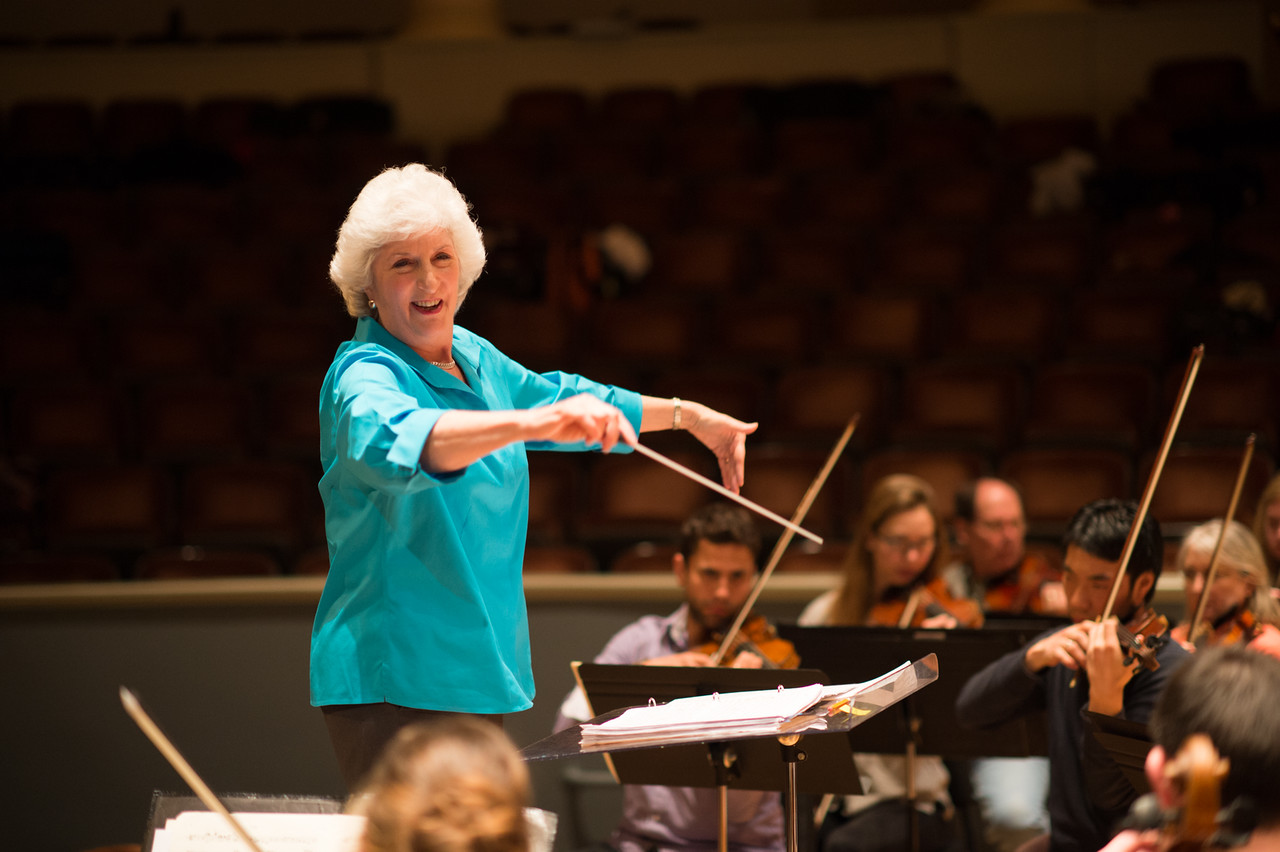
| Smörgåsbord became internationally
known at the 1939 New York World's Fair when it was offered at the Swedish
Pavilion "Three Crowns Restaurant". It is typically a celebratory meal,
and guests can help themselves from a range of dishes laid out for their
choice. In a restaurant the term refers to a buffet-style table laid out
with many small dishes from which, for a fixed amount of money, one is allowed
to choose as many as one wishes. In English and also in Scandinavian languages, the word smörgåsbord refers loosely to any buffet with a variety of dishes — not necessarily with any connection to Swedish traditions. In an extended sense, the word is used to refer to any situation which invites patrons to select whatever they wish from an abundant selection, such as the smorgasbord of university courses, books in a bookstore, etc. |
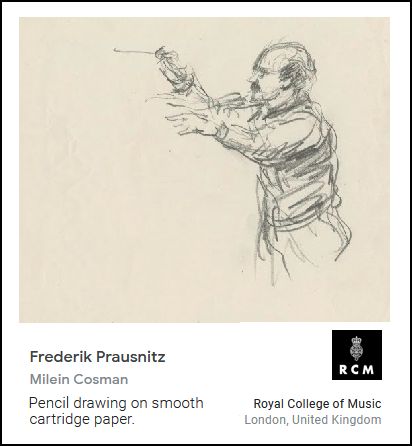
Frederik William Prausnitz (August 26, 1920 in Cologne – November 12, 2004 in Lewes, Delaware) was a German-born American conductor and teacher. His grandfather, Wilhelm Prausnitz, was the dean of the medical school at Graz, as well as a Privy Counsellor. His family, of Lutheran background, emigrated from Cologne to Philadelphia, Pennsylvania in 1937 because of deep disagreements with the Nazi regime. Upon graduation from the Juilliard School he won a conducting competition sponsored by the Detroit Symphony Orchestra in 1943, taught at Juilliard for some twenty years in the 1950s and 1960s, took over as conductor of the New England Conservatory Orchestra in Boston, Massachusetts, and eventually moved to London where he was a staff conductor with the BBC Symphony Orchestra. After his return to the US he was the Music Director of the Syracuse Symphony for three years, then joined the faculty of the Peabody Conservatory in Baltimore, Maryland where he remained until his retirement in 1998. Noted especially for his commitment to contemporary music, he was also a devoted exponent of the music of Gustav Mahler. He wrote a biography of Roger Sessions and a conducting textbook, Score and Podium. He adopted the unusual form of his first name after seeing an Italian concert poster with that misspelling. |
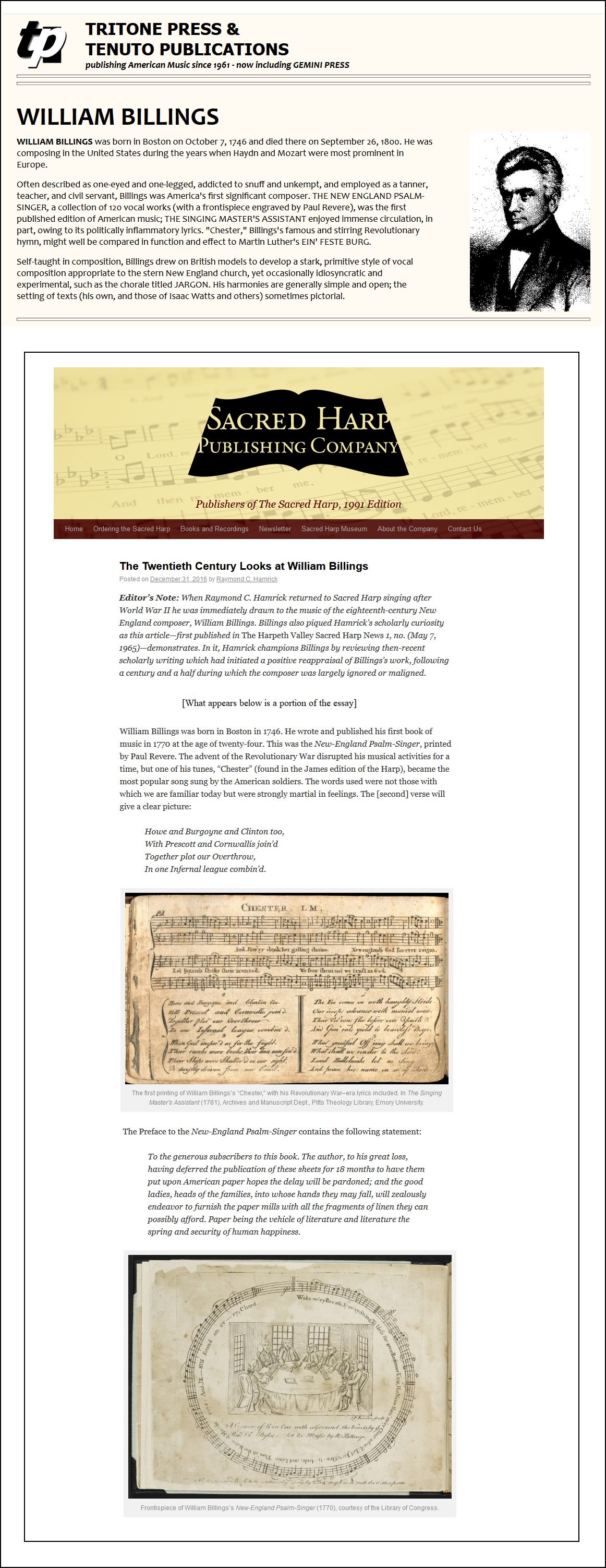
© 1992 Bruce Duffie
This conversation was recorded in Chicago on February 28, 1992. This transcription was made in 2020, and posted on this website at that time. My thanks to British soprano Una Barry for her help in preparing this website presentation.
To see a full list (with links) of interviews which have been transcribed and posted on this website, click here.
Award - winning broadcaster Bruce Duffie was with WNIB, Classical 97 in Chicago from 1975 until its final moment as a classical station in February of 2001. His interviews have also appeared in various magazines and journals since 1980, and he now continues his broadcast series on WNUR-FM, as well as on Contemporary Classical Internet Radio.
You are invited to visit his website for more information about his work, including selected transcripts of other interviews, plus a full list of his guests. He would also like to call your attention to the photos and information about his grandfather, who was a pioneer in the automotive field more than a century ago. You may also send him E-Mail with comments, questions and suggestions.